Subtotal: $57.00
GI Bootcamp For the Healthcare Team from Peter Buch
$219.00 $65.00
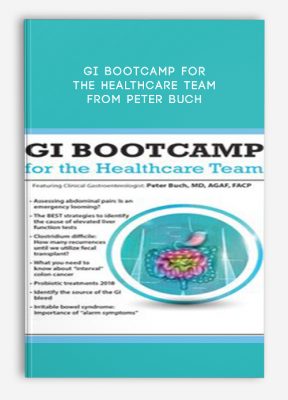
GI Bootcamp For the Healthcare Team from Peter Buch

Faculty:Peter Buch
Duration:Full Day | Format:Audio and Video
Archive : GI Bootcamp For the Healthcare Team from Peter Buch
Get GI Bootcamp For the Healthcare Team from Peter Buch on Salaedu.com
Outline:
- Assessing Abdominal Pain
- The diagnostic tool chest
- Learn from memorable case studies
- How the PQRST system helps make the diagnosis:
- P: Positional, palliating, provocative factors
- Q: Quality
- R: Region, radiation, referral
- S: Severity
- T: Temporal factors
- Looming emergency or just an ileus?
- Assessing Elevated Liver Function Tests
- Clinical importance of liver function tests
- Non-Alcoholic Fatty Liver Disease: A new epidemic
- Identify at-risk patients and the best treatments available
- Commonly-encountered gallbladder duct dilemmas
- The A, B, Cs of Hepatitis
- Colon Cancer Prevention
- Best practices for colon cancer prevention
- Who needs a colonoscopy?
- Hemoccult, “FIT,” and “Cologuard”
- What you need to know about “interval” cancer
- Young patients with colon cancer
- Clostridium Difficile Challenges
- Understanding the importance of a “carrier state”
- Clostridium difficile prevention
- Antibiotic choices
- How to assess recurrences
- Potential risks of fecal transplants
- How Probiotics may help
- How many recurrences until we utilize fecal transplant?
- Avoiding complications
- Evaluating and Treating GI Bleeding
- Assessing your patient
- Upper, lower or small bowel source
- Advanced techniques to localize the source of bleeding
- Non-surgical treatment of GI bleeding
- Our great challenge: The very elderly population and GI bleeding
- Successful Management of Irritable Bowel Syndrome
- How we make a diagnosis in 2018
- Are we missing another diagnosis?
- Importance of “alarm symptoms”
- Partnering with your patient
- Understanding a FODMAP diet
- OTC medicines that help
- Latest treatments
Get GI Bootcamp For the Healthcare Team from Peter Buch on Salaedu.com
Description:
- Assessing abdominal pain: Is an emergency looming?
- The BEST strategies to identify the cause of elevated liver function tests
- Clostridium difficile: How many recurrences until we utilize fecal transplant?
- What you need to know about “interval” colon cancer
- Probiotic treatments 2018
- Identify the source of the GI bleed
- Irritable bowel syndrome: Importance of “alarm symptoms”
Last week, you met Henry, a 67-year-old man who was seen for rectal bleeding and who had an Hgb of 9. He tells you that he had a normal screening colonoscopy just 1 year ago. Now workup reveals a sigmoid cancer. How could this happen? How can we prevent this from occurring in other patients? Let’s learn about “alarm symptoms,” key colon cancer risk factors, “interval cancer,” the latest alternatives to colonoscopy and ways to ensure that our patients stay on their colon cancer screening schedules.
How many times have you been frustrated when you review your patient’s abnormal liver function tests? Is it Hepatitis A, B, C, a medication side effect or Fatty Liver Disease?
Are statins OK in your patient?
How do we choose between ASA and Acetaminophen in chronic liver disease?
Learn from Clinical Gastroenterologist, Peter Buch, MD, AGAF, FACP, and leave this training with the following skills:
- Confidently assess patients presenting with acute and chronic abdominal pain
- Understand the latest treatments for Clostridium Difficile
- The latest techniques to evaluate and treat GI bleeding
- Help differentiate Irritable Bowel Syndrome from other conditions
- Health and Medical course
More information about Medical:
Medicine is the science and practice of establishing the diagnosis, prognosis, treatment, and prevention of disease.
Medicine encompasses a variety of health care practices evolved to maintain and restore health by the prevention and treatment of illness.
Contemporary medicine applies biomedical sciences, biomedical research, genetics, and medical technology to diagnose, treat, and prevent injury and disease,
typically through pharmaceuticals or surgery, but also through therapies as diverse as psychotherapy, external splints and traction, medical devices, biologics, and ionizing radiation, amongst others.Medicine has been around for thousands of years, during most of which it was an art (an area of skill and knowledge) frequently having connections to the religious and
philosophical beliefs of local culture. For example, a medicine man would apply herbs and say prayers for healing, or an ancient philosopher and physician would apply bloodletting according to the theories of humorism.
In recent centuries, since the advent of modern science, most medicine has become a combination of art and science (both basic and applied, under the umbrella of medical science).
While stitching technique for sutures is an art learned through practice, the knowledge of what happens at the cellular and molecular level in the tissues being stitched arises through science. - More Course: FITNESS – HEALTH – MEDICAL
Outstanding Course:Biolayne Site Rip November 2017
1 review for GI Bootcamp For the Healthcare Team from Peter Buch
Add a review Cancel reply
Related products
HEALTH - FITNESS - LIFESTYLE - MEDICAL
HEALTH - FITNESS - LIFESTYLE - MEDICAL
HEALTH - FITNESS - LIFESTYLE - MEDICAL
HEALTH - FITNESS - LIFESTYLE - MEDICAL
Somatic Interventions for Treating Complex Trauma with Janina Fisher, Ph.D. from Janina Fisher
HEALTH - FITNESS - LIFESTYLE - MEDICAL
HEALTH - FITNESS - LIFESTYLE - MEDICAL
HEALTH - FITNESS - LIFESTYLE - MEDICAL

 Jean Houston - Unlock Your Quantum Powers Course
Jean Houston - Unlock Your Quantum Powers Course 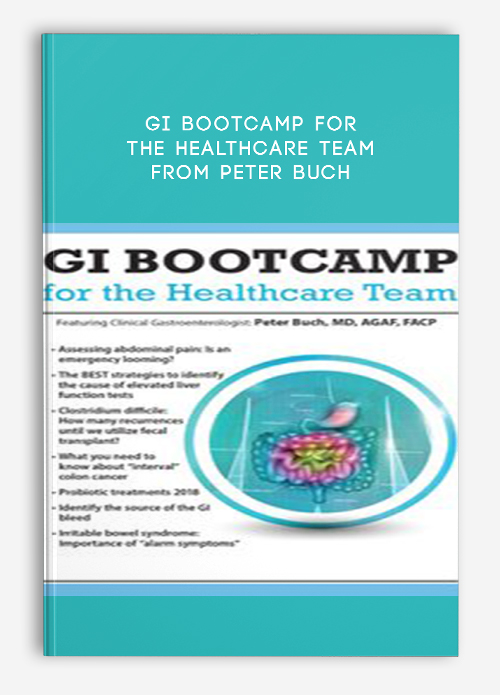

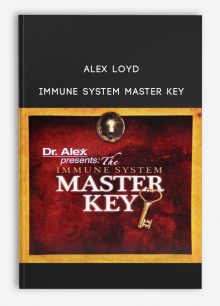
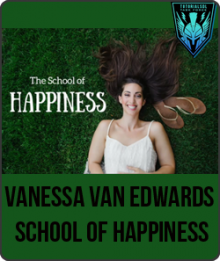

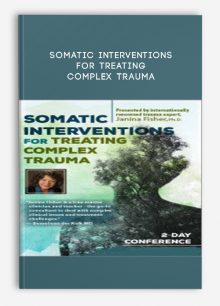
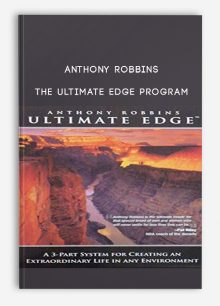

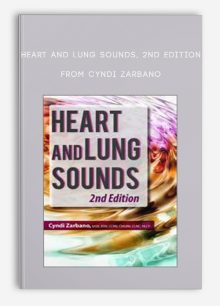
king –
We encourage you to check Content Proof carefully before paying.
“Excepted” these contents: “Online coaching, Software, Facebook group, Skype and Email support from Author.”
If you have enough money and feel good. We encourage you to buy this product from the original Author to get full other “Excepted” contents from them.
Thank you!